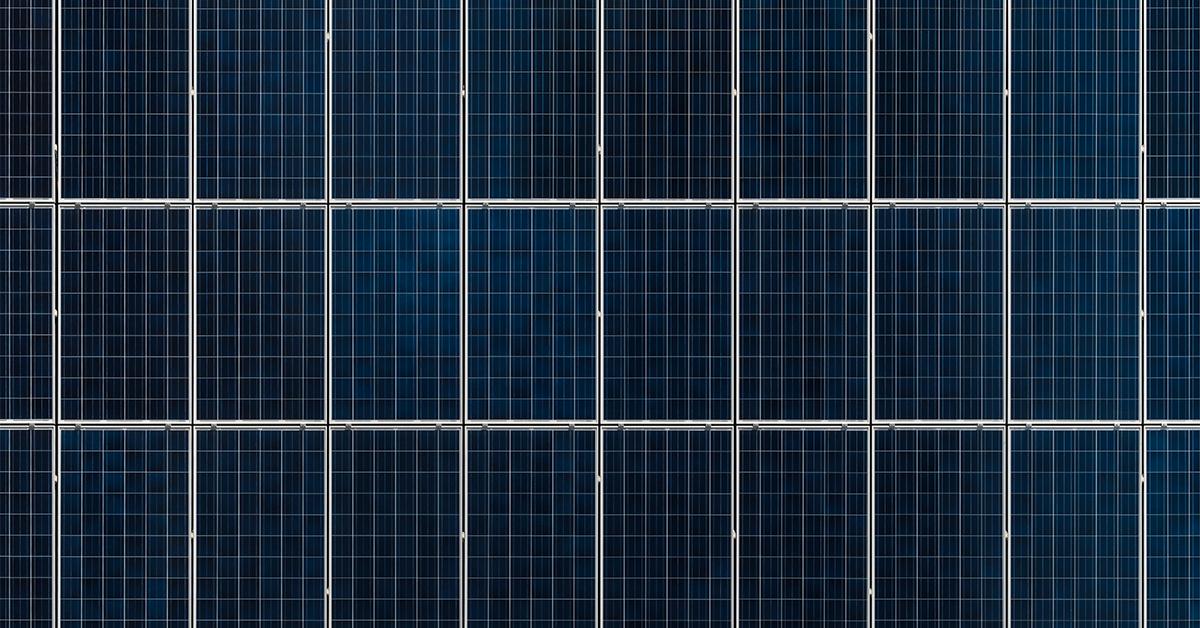
Photo by Samuel Zeller on Unsplash
Global energy demands are expected to soar by 2050, making it imperative that we tap newer, more efficient power sources as the planet’s fossil fuel reserves continue to run dry. The Sun is our #1 source of renewable, clean energy and researchers at Northwestern University and the U.S. Department of Energy’s Argonne National Laboratory have invented a new way of harvesting it.
The scientists have published a paper according to which “perovskite,” a calcium titanium oxide mineral, has a better “energy payback time” (or return on investment / ROI) than current silicon-based models. Perovskite is slightly inferior to silicon when it comes to the process of actual energy conversion (light to electricity). However, its payback time is ten times shorter – just two months, compared to two years for traditional panels that use silicon.
The technology has yet to be made commercially available, and there are still some improvements to be made to truly make perovskite panels a viable investment, but the researchers are confident that their invention will reach the market within 24 months. The biggest hurdle will be to optimize the selection of raw materials and manufacturing, according to the team.
“Appreciating energy payback times is important if we want to move perovskites from the world of scientific curiosity to the world of relevant commercial technology,” said Argonne’s Seth Darling, a co-author on the paper.
Darling noted that, since solar panels are typically expensive, perovskite-based models will be the logical choice when saving the planet becomes the #1 priority.
As a bonus, here’s a short video by C&EN on how to make a simple perovskite-based solar cell with ordinary chemicals and low cost equipment.
[youtube]https://youtu.be/oQ2bz6jlbz0[/youtube]
Post A Reply